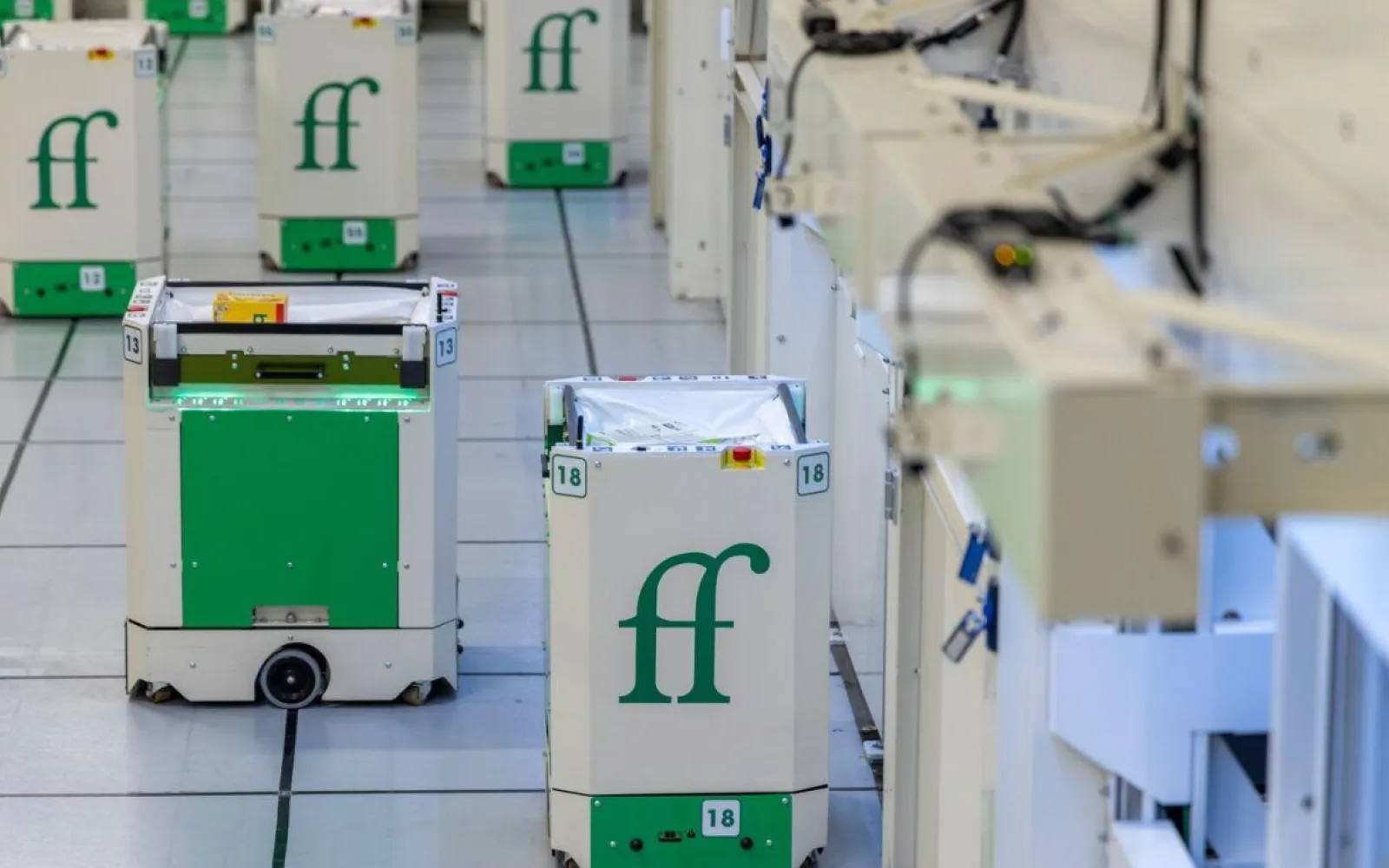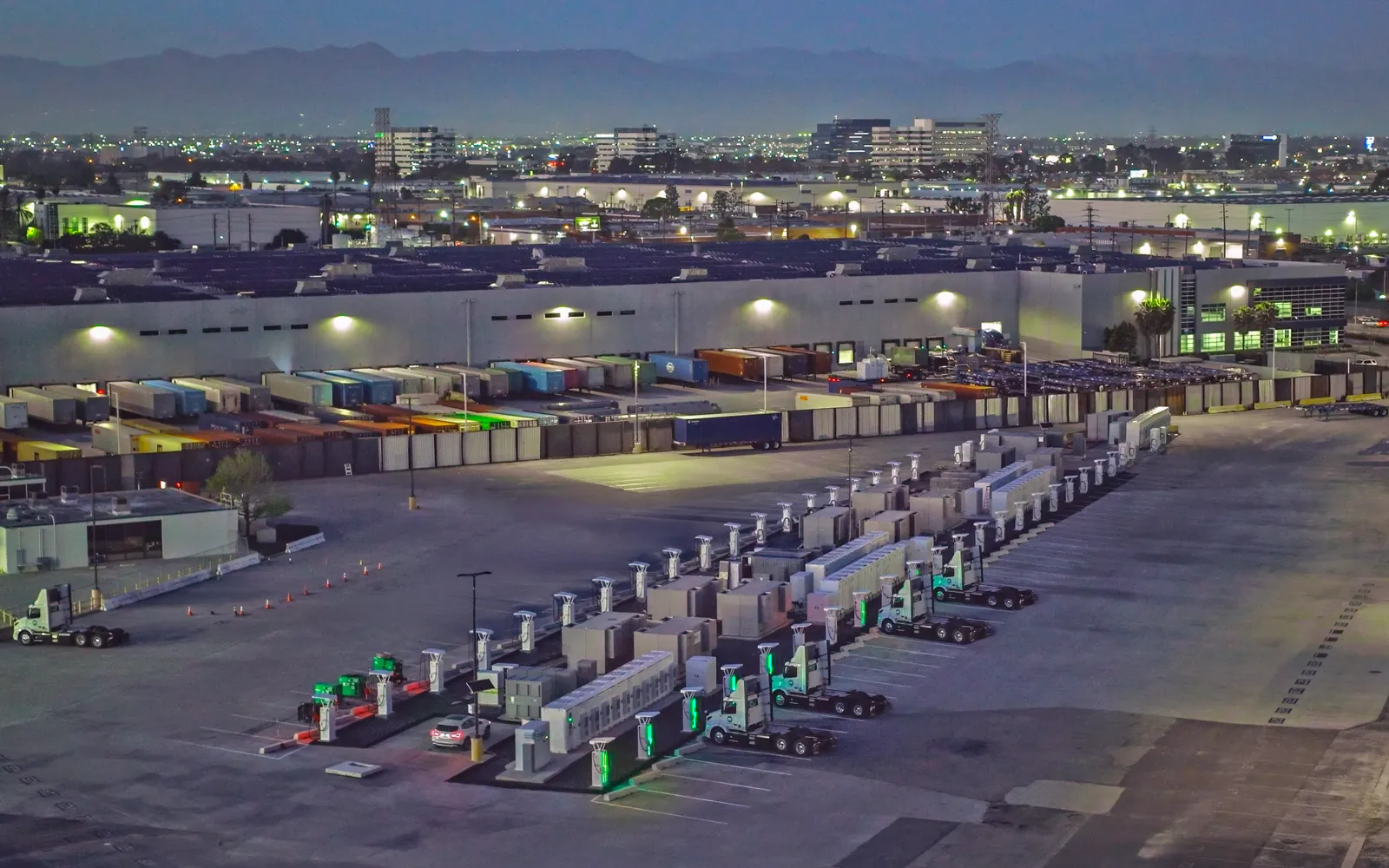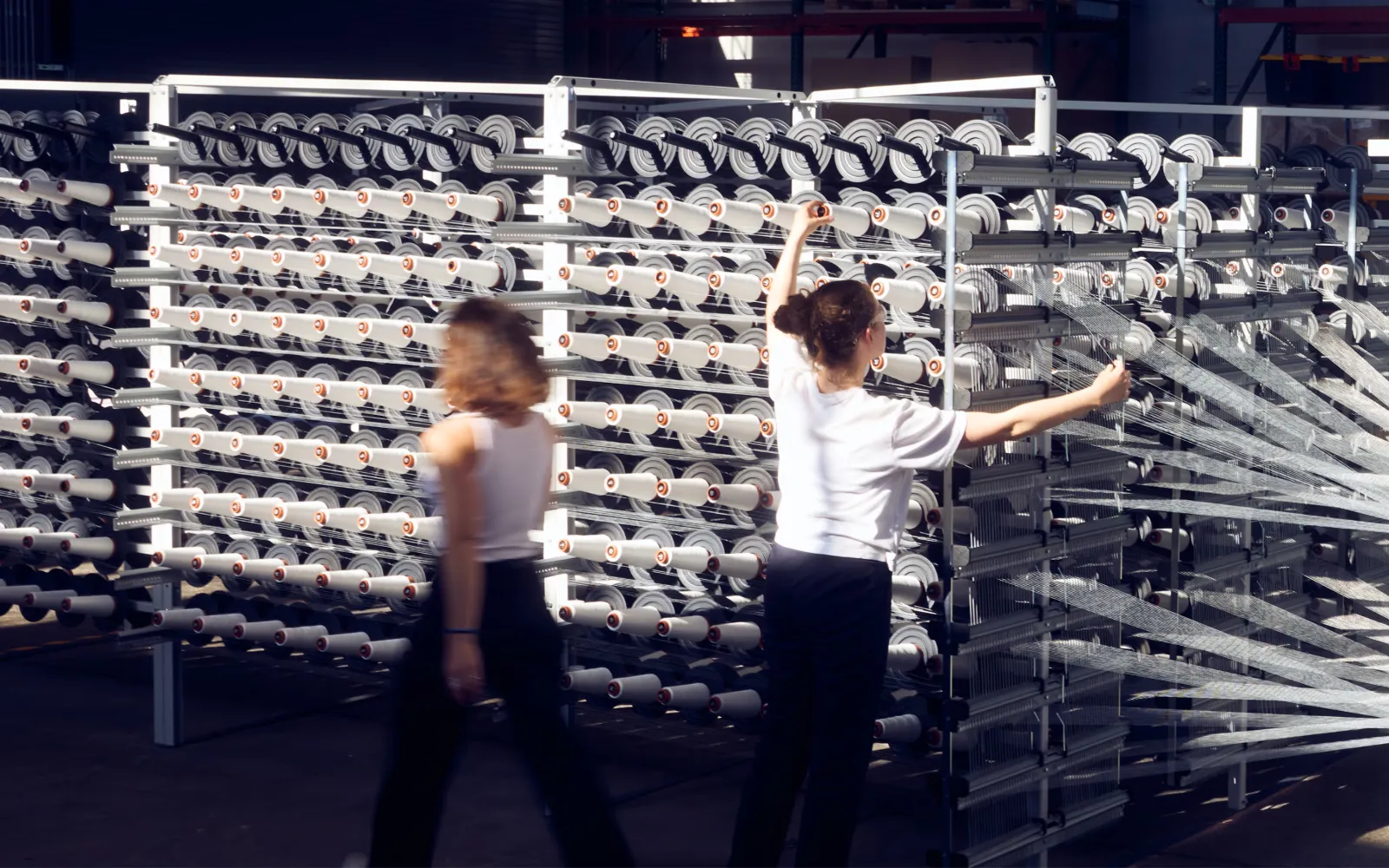

Agility Robotics
Building robots that let humans be more human
When Agility Robotics’ Chief Robot Officer Jonathan Hurst says the company’s mission is “to enable humans to be more human,” it’s not just a slogan. It’s a vision of the future. And now Amazon is exploring that future alongside Agility.
Here in the present, of course, people in labor-intensive businesses are still asked to do boring and repetitive tasks that can lead to burnout, injuries, and even debilitating pain. A society that valued all its workers, from Hurst’s point of view, would stop asking them to sacrifice their health and well-being for the benefit of their employers.
Take just one industry: warehousing, transportation, and logistics. In an era of rapid and ubiquitous home delivery, there’s an extreme shortage of people willing to sort, lift, pick, pack, and carry things. There are almost 1.1 million unfilled positions for hand laborers and material movers in the United States, according to the Bureau of Labor Statistics — a number that has nearly doubled in the past six years. In September 2023, there were an additional 463,000 unfilled job openings in the transportation, warehousing, and utilities sector, and 190,000 in that sector people quit their jobs, or 2.6 percent of the workforce — a churn rate that suggests how little workers savor these roles.
And no wonder: in 2021, 3.6 percent of transportation and warehousing workers experienced an occupational injury that caused lost work days, a job transfer, or work restrictions. That’s twice the average injury rate across all industries, and it’s in the same range with notoriously hazardous jobs like farming, forestry, sawmilling, steelmaking, and underground coal mining.
Automation is the obvious way to get the work done without breaking the backs of human workers. And a few companies are, in fact, building new“lights-out” warehouses and distribution centers where robots handle everything and no humans are required. But that approach is still a prohibitively expensive commitment for most businesses, since it requires major new built infrastructure. And there are whole realms of labor that depend on a level of judgment and dexterity robots may never match.
The answer, Hurst says, is not to eliminate people from the picture, but to transform traditional workplaces into hybrid environments where humanoid robots can work safely and efficiently alongside humans.“Where businesses can’t hire enough people, they really need automation, and something like Digit” — Agility’s flagship bipedal robot— “is a very lightweight, easy piece of automation that can literally walk in and start doing the tasks and augment the workforce that is there,” he says.
And thanks to two back-to-back announcements — that Agility is opening a factory in Oregon where it plans to manufacture thousands of Digits, and that Amazon is testing Digit for possible use in its warehouse operations — Agility is beginning to get that message out, capturing the media’s attention as one of the world’s leading innovators in humanoid robotics. (See recent coverage from the Wall Street Journal, Reuters, and the Financial Times.)
Digit and its predecessors were born from Hurst’s work at Oregon State University to understand the physics of locomotion in the animal kingdom, and imagine ways to build robotic hardware and software that could be equally smooth and adaptive. That led to a few unconventional design choices. For example, Digit has“knees” that are actually ankles and“feet” that are actually toes; in that respect it’s closer to a bird than a human. Digit may look a bit humanoid, but that’s a consequence of the human-centric goals of working in human spaces rather than a goal in and of itself, Hurst says.
Another fundamental design principle was to make Digit interact with physical objects in a way similar to humans, in order to open up tasks that humans do well and traditional robot arms typically don’t. That’s why Agility avoids roboticists’ traditional reliance on position control — where an arm or end effector is programmed to move to a specific set of x, y, and z coordinates, no matter what’s in the way — in favor of force control, where a movement is guided by sensor feedback and torque is kept within safe limits.
The result is a robot that’s humanoid not just in its appearance (Digit is 5′9″ tall and weighs 141 lbs) but in its motions. When it bumps into something or someone, Digit is compliant like a person, not unforgivingly rigid, like most robots. When it moves or swings its arms, or jumps onto the ground, that’s the robot adjusting its dynamics in real time, not a puppeteered trajectory. And if it spots someone in its path, it will politely step aside.
Digit’s design gives it the ability to take uneven terrain such as a curb, a step, incline, rocks, or grass in stride — literally. That means it can go wherever people go, but more importantly, it allows Digit to move objects like boxes ad totes the way people do, in spaces too tight for most robots. The legs position the arms so they can reach high, low, and turn, all while balancing and taking up very little floorspace. That compactness, combined with a large reachable workspace, enables Digit to move totes in a warehouse built for humans, unload a truck built for humans, or carry packages to a front porch built for humans. It’s the only humanoid robot built for production environments that can walk reliably on its own — or at least, the only one that’s commercially available.
The company is taking orders for Digit for warehousing applications, and working with partners to prove that it’s practical and economical. In September 2023 Agility announced the opening of RoboFab, a 70,000-square-foot facility in Salem, OR, where it will have the capacity to produce up to 10,000 Digits a year. The following month, Amazon revealed that it’s working with Agility — one of the companies backed by the e‑retail giant’s Industrial Innovation Fund—to test Digit at its robotics R&D site outside Seattle. It’s exploring how Digit can help with tote recycling: getting empty totes back where they need to be after inventory’s been picked out of them. “We believe there is a big opportunity to scale a mobile manipulator solution, such as Digit, which can work collaboratively with employees,” Amazon wrote in its announcement.
Beyond the Amazon collaboration, Agility is already designing the next version of Digit, and preparing to manufacture it at mass scale. And beyond that, Hurst sees a future where humanoid robots are working alongside people in many more kinds of environments.“It’s something that humans have wanted forever,” he says.“And we get to set the tone for the future, for how people expect to interact with these robots and how people feel about these robots. The big picture is that you’ll be able to talk to your robot, it’s a consumer product, you can buy it like you would buy a car, and it’s something that helps you around the house. But it’ll also be all over factories and warehouses and offices, doing a bunch of dull, dirty, dangerous stuff that people would rather not do.”
DCVC and Playground Global led a $150 million Series B funding round for Agility Robotics in 2022, joined by The Amazon Industrial Innovation Fund. For more on our investments in companies using AI, machine vision, and robotics to augment human abilities, see pages 12 – 31 of the 2023 Deep Tech Opportunities Report.



